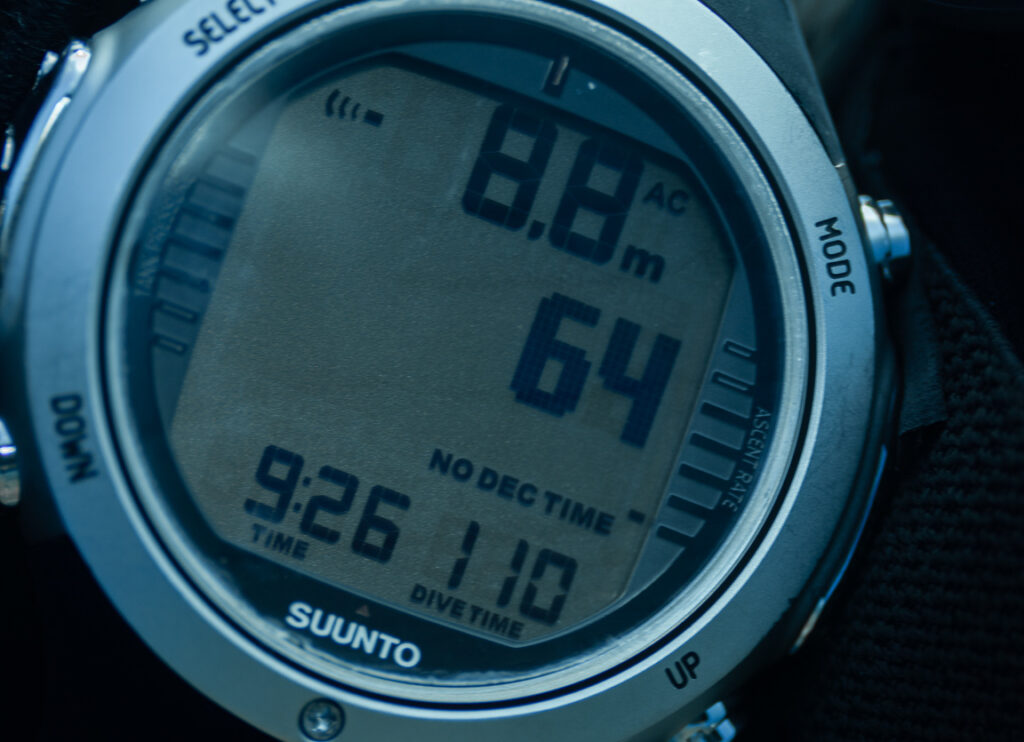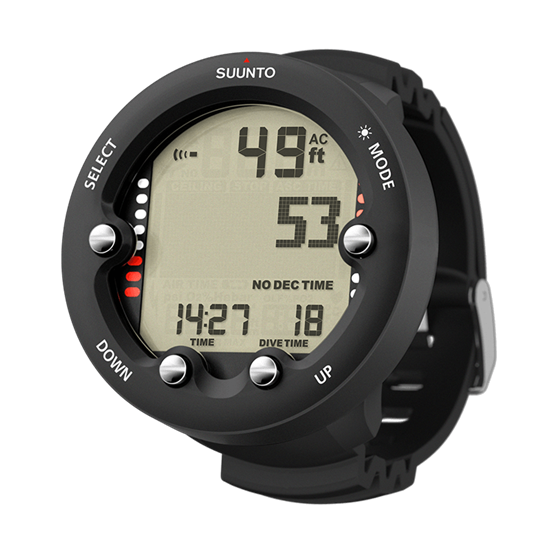What's No-Decompression Limit
The NDL, or No-Decompression Limit, in scuba diving refers to the maximum amount of time a diver can spend at a specific depth without requiring decompression stops during the ascent. It represents the duration a diver can stay underwater and ascend directly to the surface without exceeding safe limits for nitrogen absorption.
The NDL is influenced by factors such as dive depth, time spent at that depth, and the specific dive tables or algorithms used by dive computers. Exceeding the NDL means that the diver has accumulated a level of nitrogen that requires decompression stops during the ascent to prevent decompression sickness.
Divers use the NDL as a fundamental guideline to plan their dives safely and avoid entering decompression territory. It is crucial for divers to monitor their dive time, depth, and adhere to the no-decompression limits to minimize the risk of decompression illness. The NDL is a key aspect of responsible dive planning and execution.

This is the display of SUUNTO's D6i dive computer. It shows "NO DECO TIME" on the screen.

SUUNTO D6i
58,300 JPY
Whether a diver is just starting out or seeking a new underwater adventure, the Suunto Zoop Novo meets all needs. The large, clear, backlit display shows key dive data in an easy-to-read format, allowing divers to fully enjoy a great diving experience. This easy-to-use dive computer features full decompression capabilities, five dive modes (Air, Nitrox, Gauge, Free, and Off), and an easy-to-understand menu-based Suunto user interface

